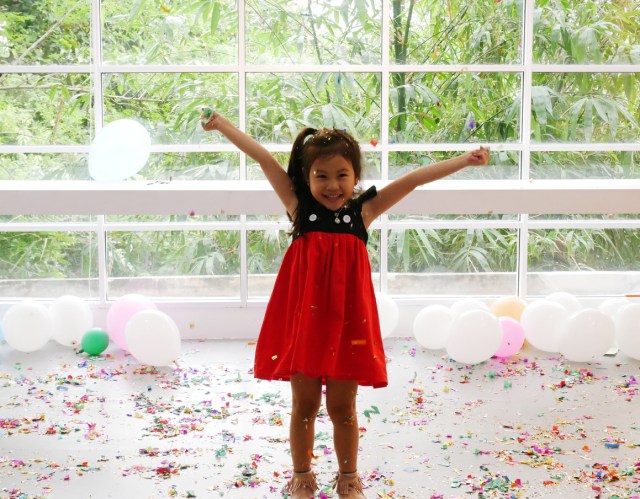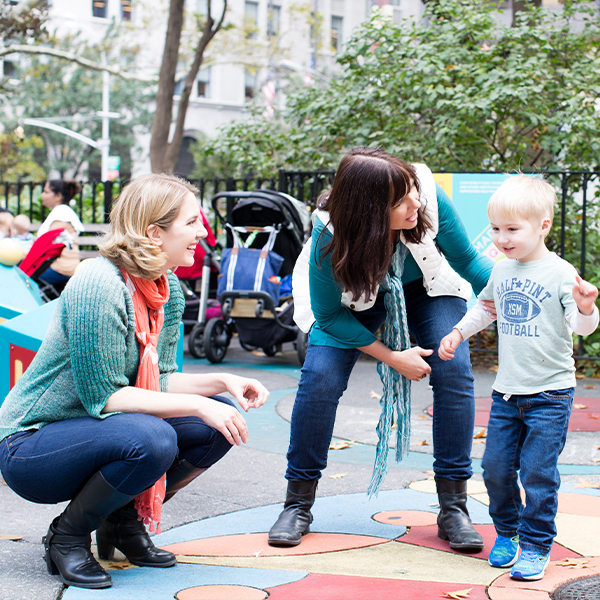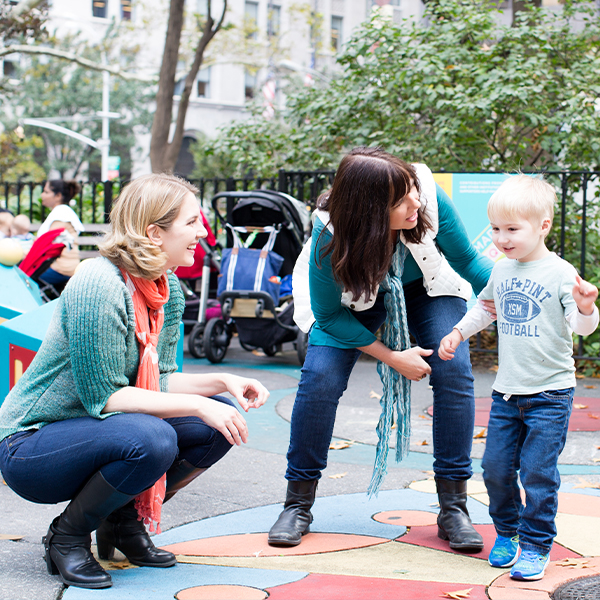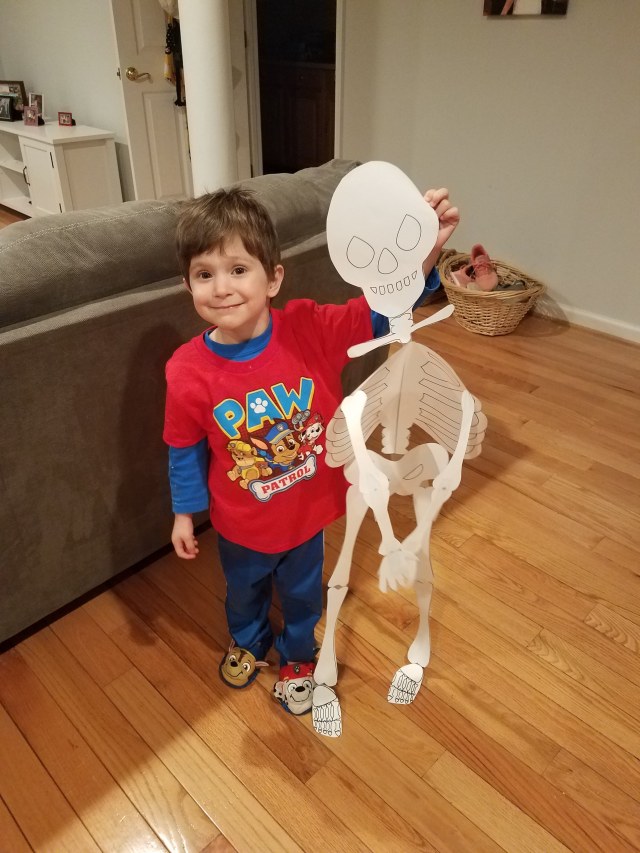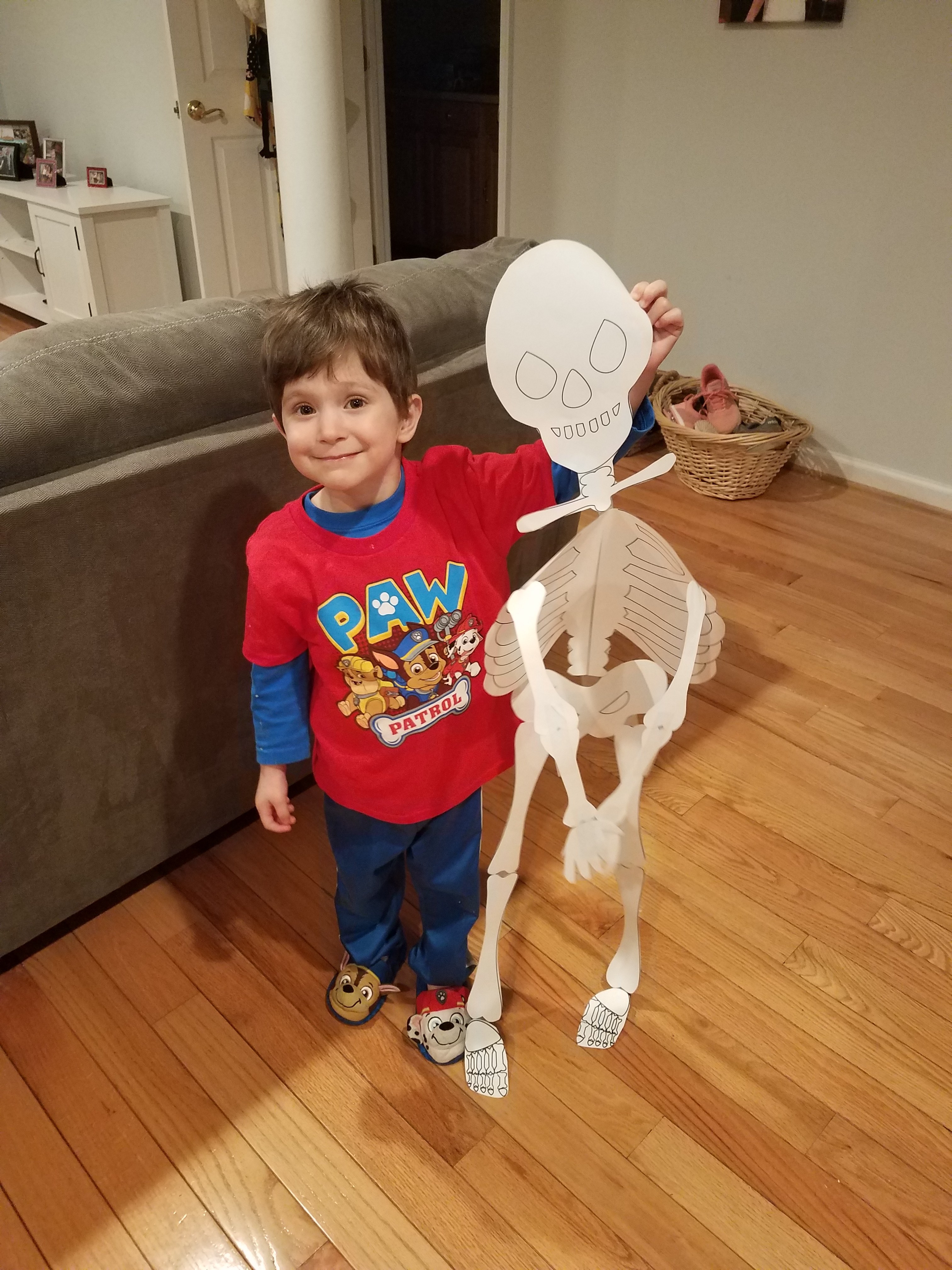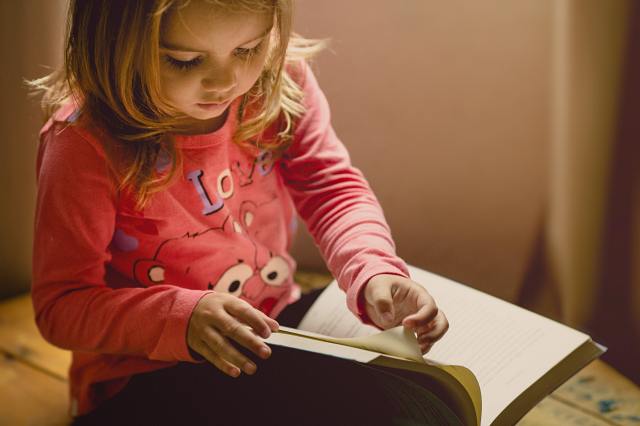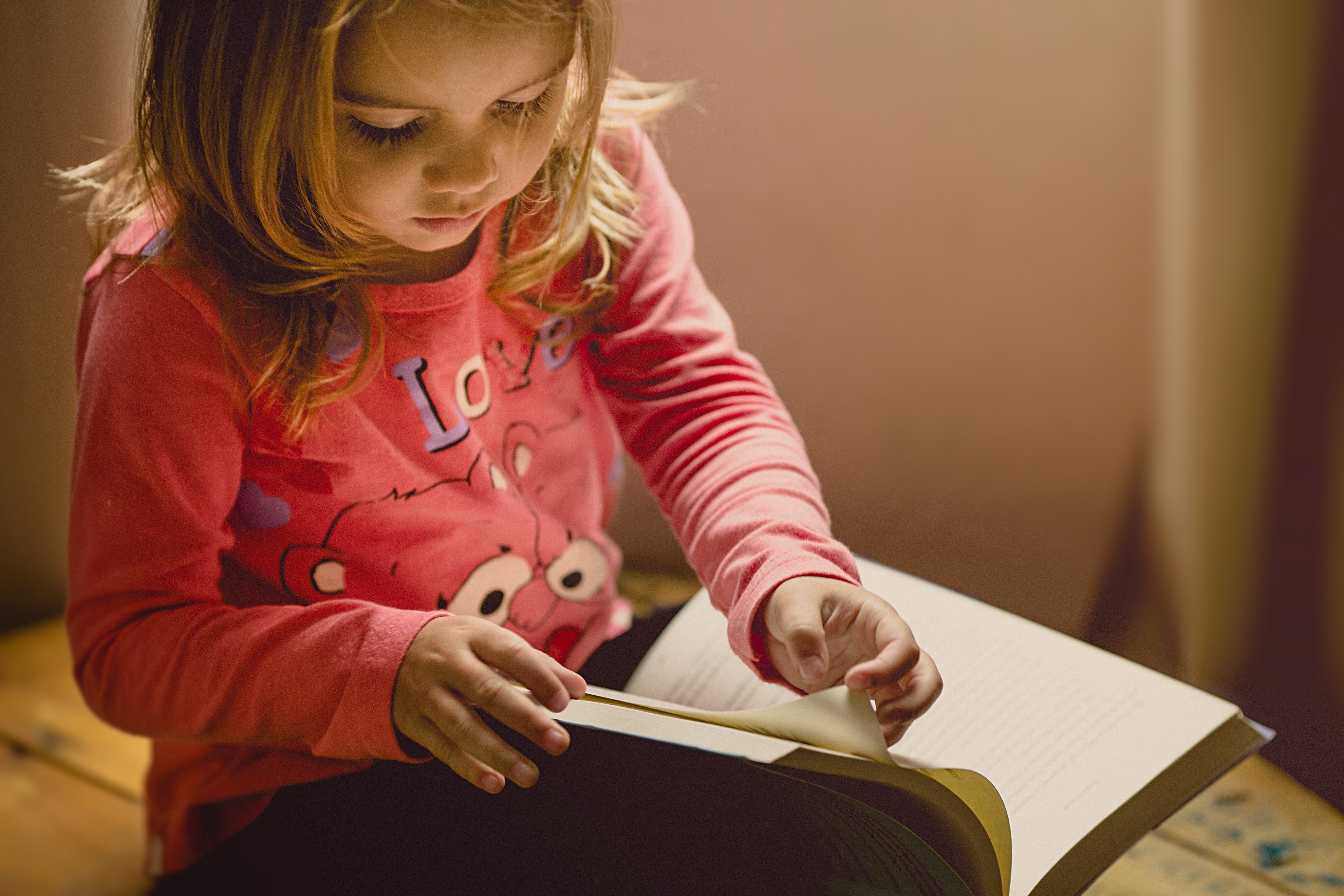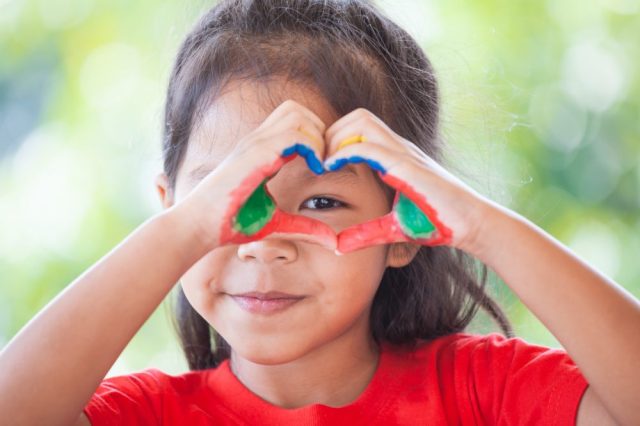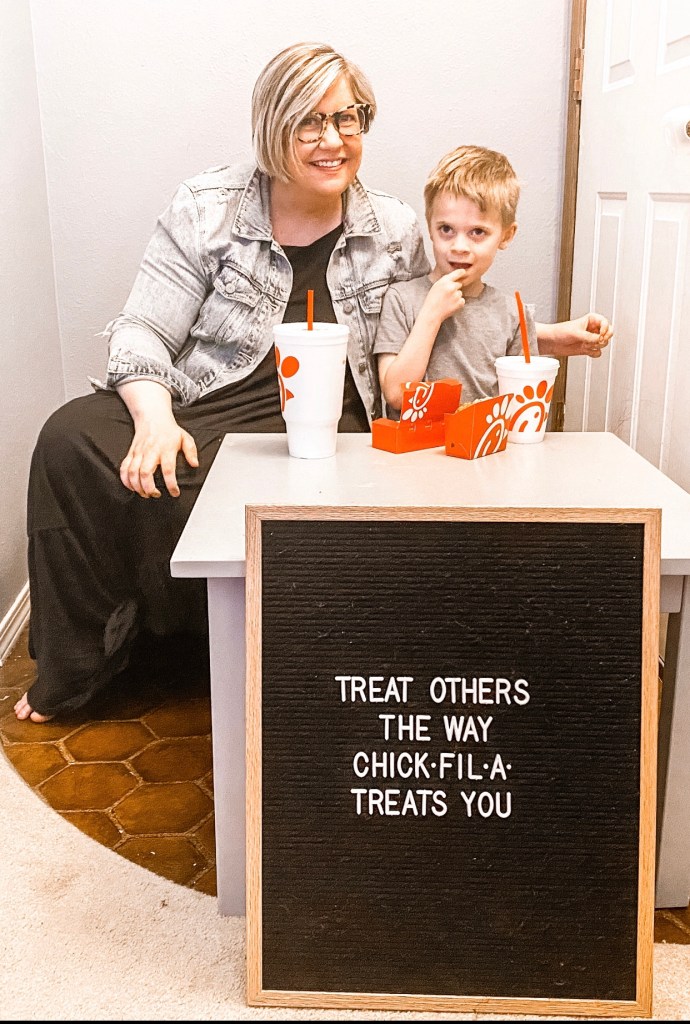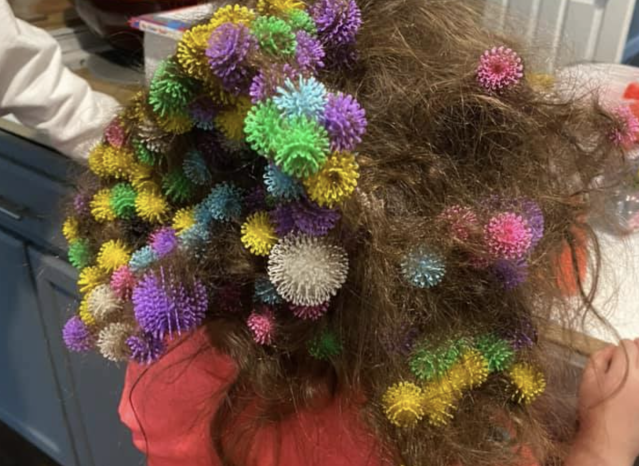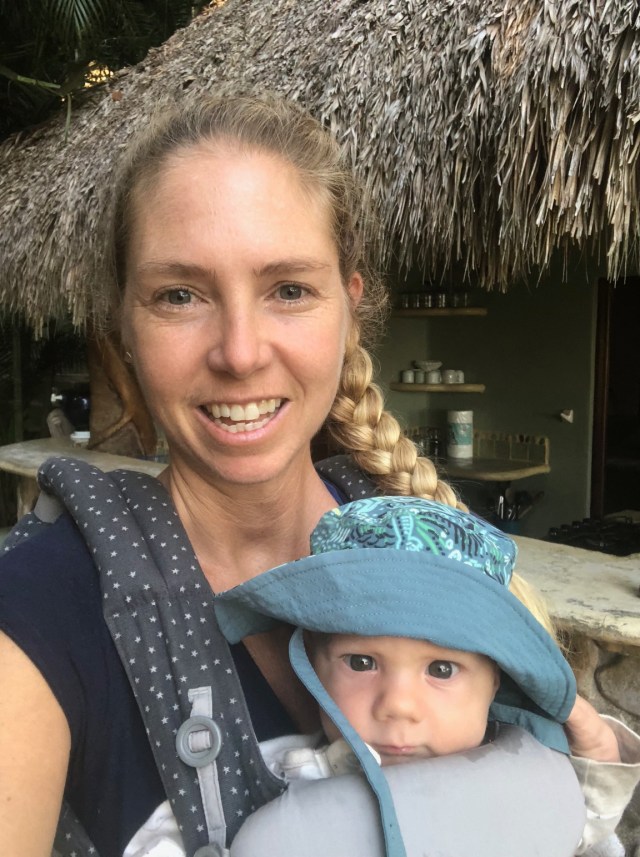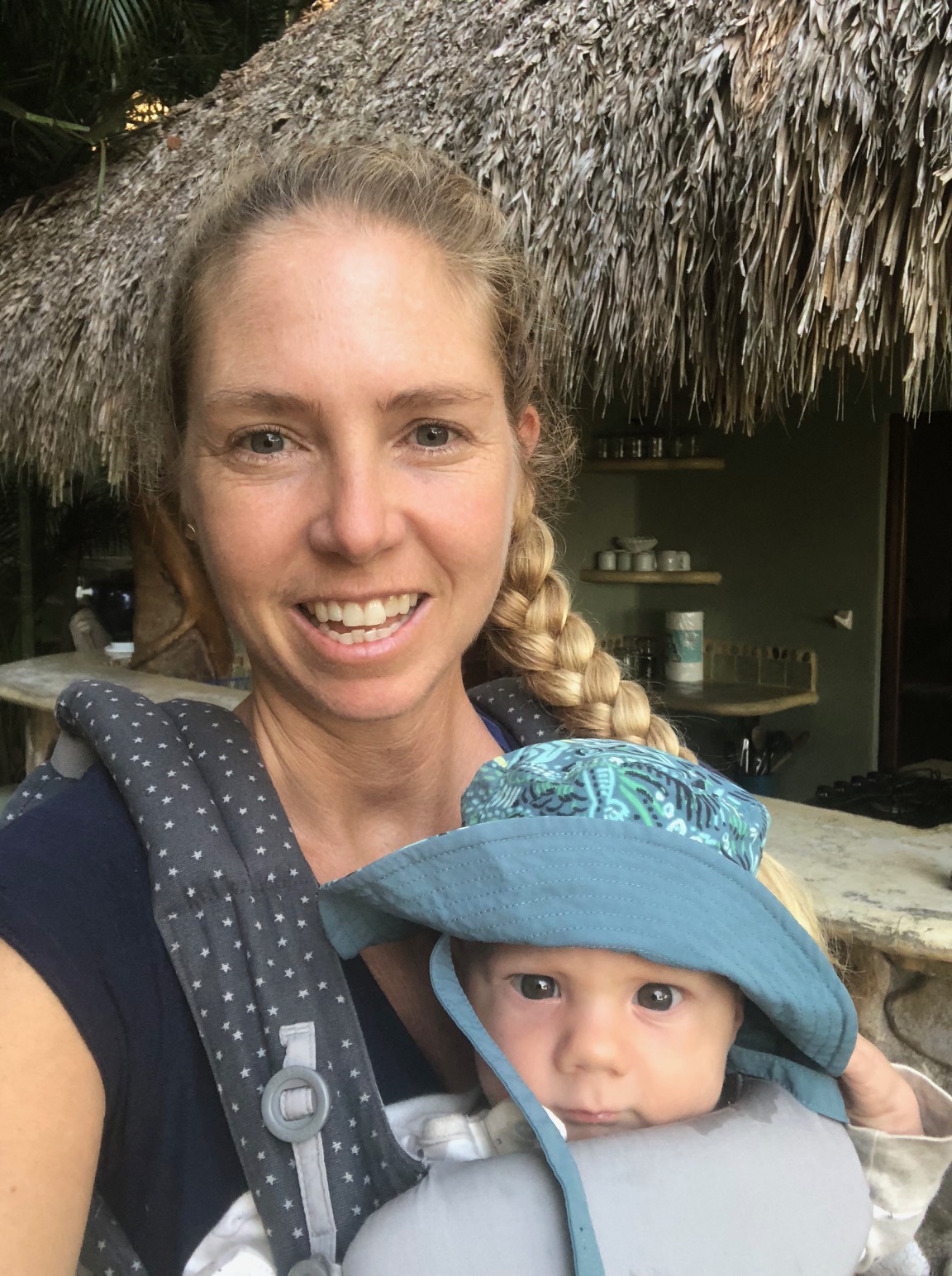As we slam the door on the past year, and then set that door on fire, it’s time to look forward to new goals, new experiences.
After countless grueling and painstaking interviews, for which we endured a lot of whining, ours and our subjects’, we’ve rounded up the top 17 new year’s resolutions from toddlers:
1. Try new foods…and spit it out after one bite.
2. Meet new friends…and then push them.
3. Insist on wearing a particular outfit and then change my mind at the very last minute, just like my resolution from last year. Why fix what ain’t broke?
4. Don’t complete potty training. Mommy doesn’t appreciate things unless she has to work hard for them.
5. Ask “What’s that?” while pointing in a vague direction. Daddy enjoys guessing games.
6. Convince the world I’m a robot. Beep-beep, boop. I. AM. A. ROBOT. I said that in a robot voice. I mean, my voice. Cause I’m a robot.
7. Avoid peeing on the toilet seat so that my butt doesn’t get wet and I slide off.
8. Cover every inch of wall space, from the floor to 4 feet high, with my art. Use an egregious amount of scotch tape.
9. Come up with new dance moves with which to wow Mommy while she’s trying to get me dressed. And when she asks, “Are you kidding me?” it’s another opportunity to say “No.”
10. Cut down on carbs. Am I kidding? Yes.
11. Now that I don’t need the stroller anymore and can walk, insist on being carried. Unless Mommy brings the stroller. Then insist on walking.
12. Improve work/life balance.
13. Since Mommy keeps saying, “You can look, but you can’t touch,” master the art of breaking things with my mind. Or perhaps just scream at a higher register?
14. Get woke. This was something I heard another mommy talking about. My understanding is I’m to wait in my bed on Saturday mornings for someone to come wake me up, that way I can get woke, not wake myself.
15. Become Death, Destroyer of Worlds.
16. When a timeout is on the horizon, throw in an “I love you.” They can’t resist that.
17. Wherever I go, resolve to have a good time, or at least make sure that if I’m not having a good time, no one else is either.
—ER Catalano
Do you have a story you’d like to share with our readers? We’d love to hear it! Sign up for our Voices Contributor Network where you can submit your funny, heartfelt and/or unbelievable parenting stories and see them on Tinybeans.com!
